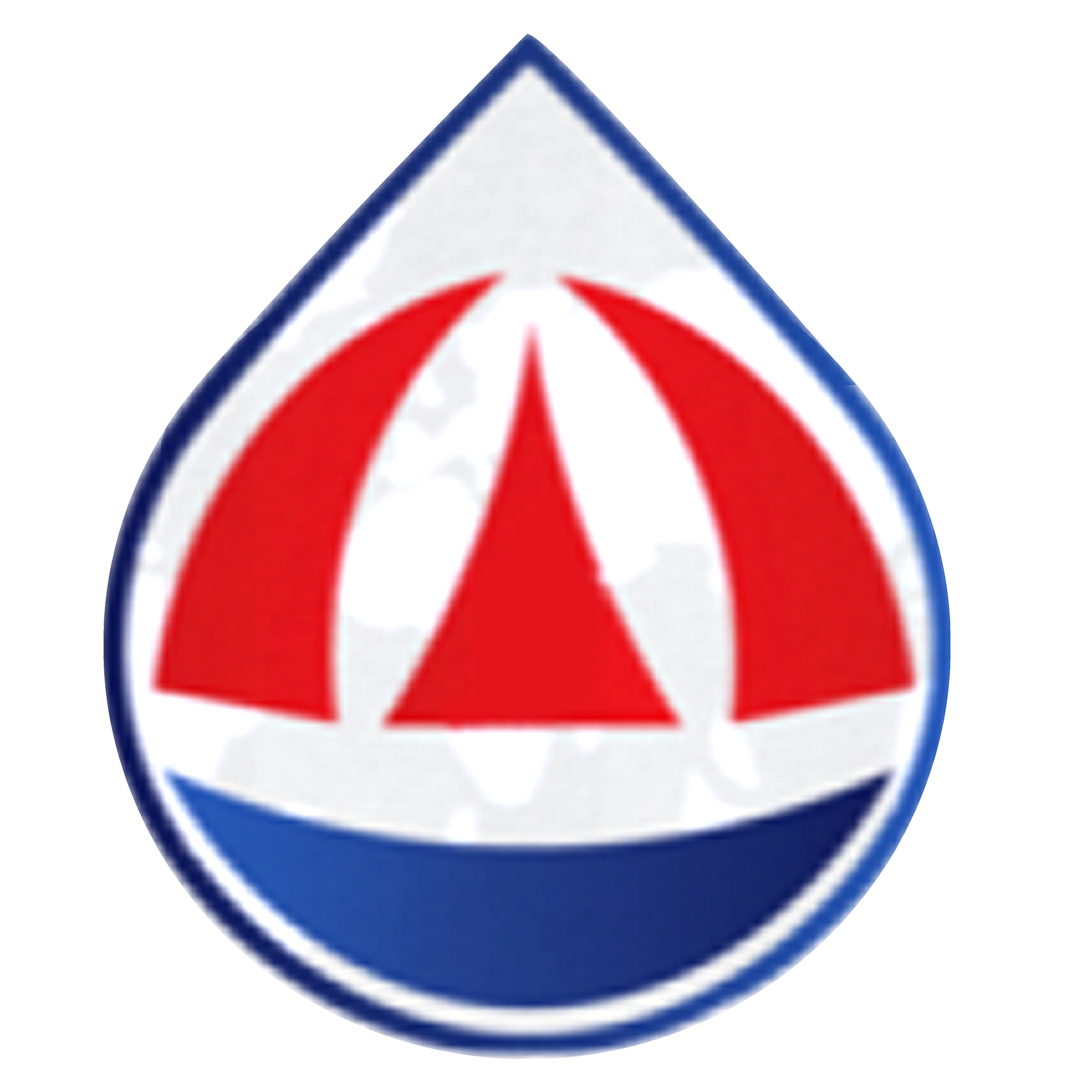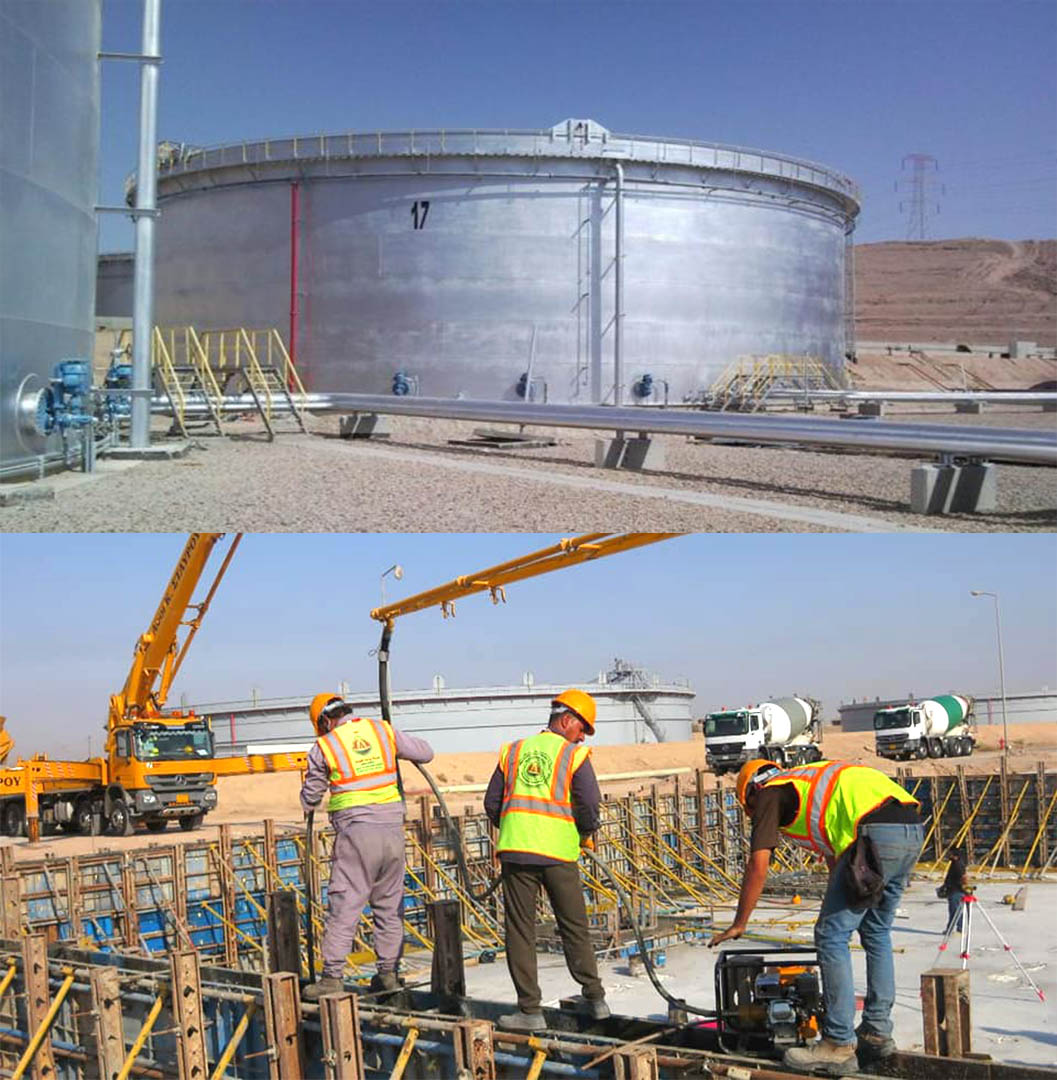SERVICES
Oil And Gas Services
The global oil and gas transportation industry has experienced a number of significant pipeline ruptures and leaks in recent history. While the numbers for both leaks and ruptures are down historically in both events per mile and volume transported, any number of events that impact human Health, Safety or the Environment (HSE) is still too high.
With the demand for energy increasing and the requirement for new oil and gas pipelines to transport hydrocarbons to market, the debate around pipeline technology, and in particular, pipeline leak detection has increased. Further, the regulatory requirements for oil and gas pipelines can vary significantly from one country to another.
Some countries require leak detection software on every pipeline over a certain length.
Others only in areas of “high consequence.” Still others have little or no formal requirements stated for a Leak Detection System (LDS) to be installed on operating oil or gas pipelines.
While even the best leak detection system cannot prevent a rupture, a well-tuned, operating and well-monitored leak detection system can provide early warning for a potential rupture by identifying leaks in their earliest stages, allowing time for the system to be shut down and repaired and often preventing a catastrophic pipeline failure before it occurs..







